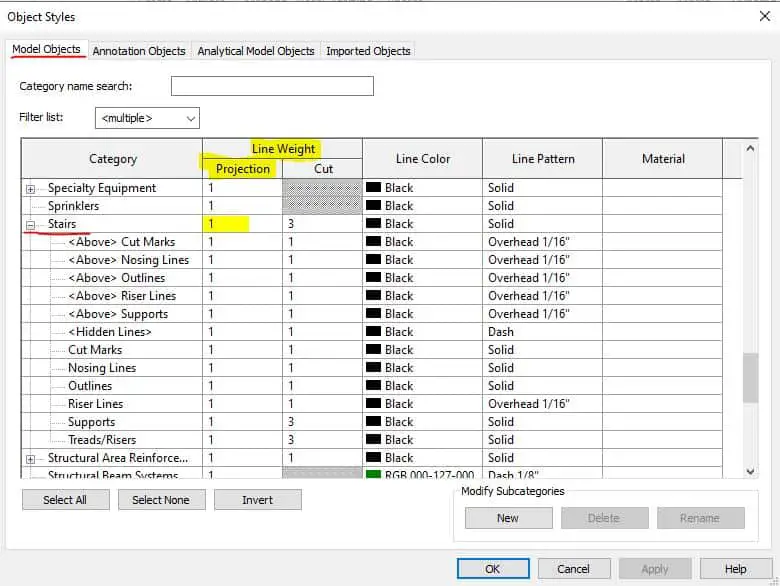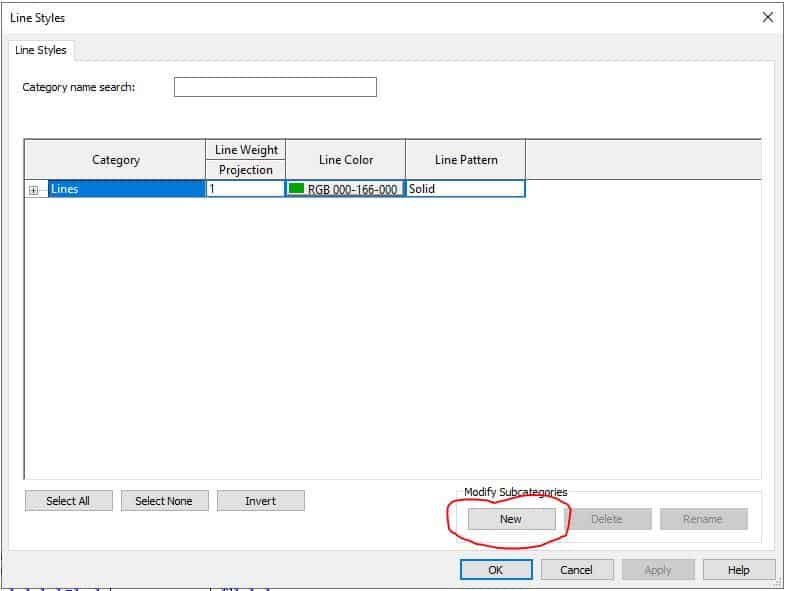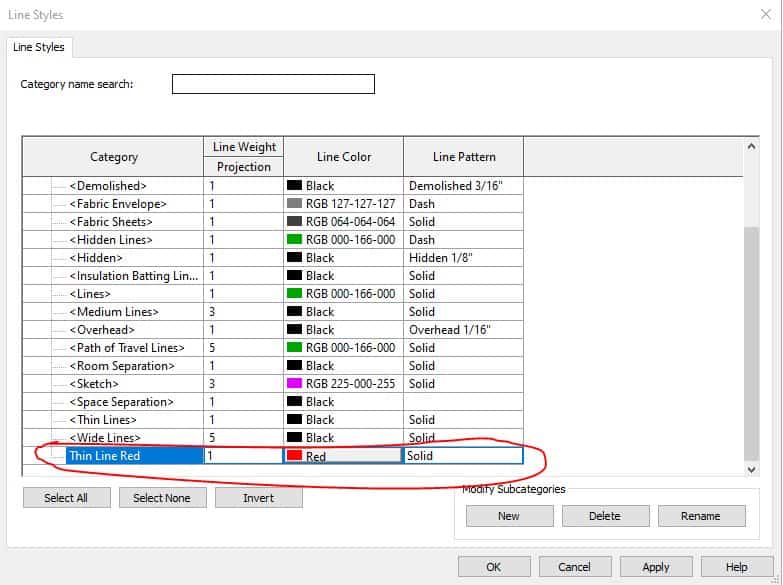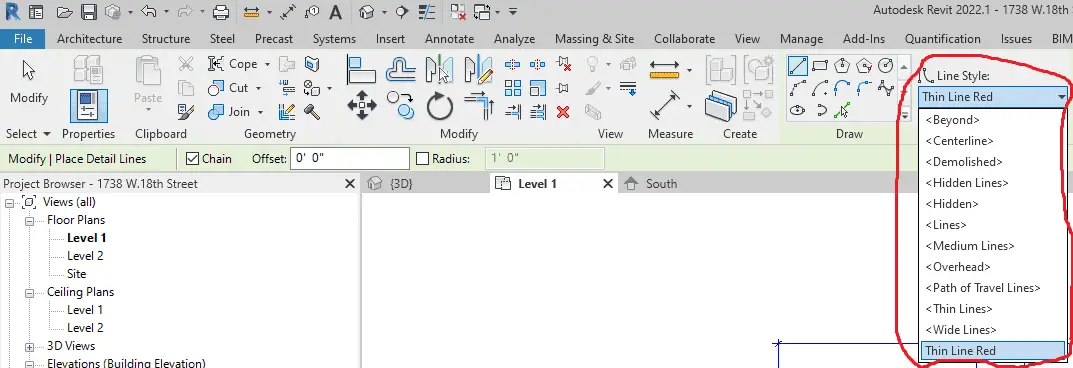If you create technical drawings in either an architectural or structural capacity, or in that of any field really, you’re going to find yourself in a position in which you’ll need to customize “outside the box” of Autodesk Revit’s line settings. In this article, we will dive into the topic of how to work with line weights.

The Two Types of Line Weights
Line weights in Revit work two ways. First, there are Global Line Weights, and second, you have View Specific Line Weights.
Global Line Weights
When you launch a Revit project, the project-wide default line weights are Global Line Weights. These line weights are object based. For example, if you add a door to your project, you will need line weights for the door jamb, door panel, or door swing. The line weights for those items will be consistent throughout the entire project.
View Specific Line Weights
“View Specific Line Weights” are also called “Visibility Graphic Overrides.” You can change (or override!) any object’s display on a view-by-view basis or even on an object-by-object basis. The use of layers, like in AutoCAD, is not necessary. You simply right-click on the object display style you want to change and choose “Override Graphic in View” from the drop-down menu. You will then be presented with three options: By Element, By Category, or By Filter. If you choose the By Element option, you will see this dialog box for making adjustments to Projection Lines or Cut Lines:

Make all the necessary changes and close the dialog box. All of your changes will show up immediately. In the same view, you can make similar changes to an entire category of objects by selecting the By Category option.
Adjusting Global Line Weights
Below is the procedure for formatting line weights. You can see how and where they are displayed in Revit:
- To see the changes immediately, make sure that the Thin Lines button is not active:

2. Under the Manage tab, click the Object Styles button:

The Object Styles dialog box will open:

In this example, we want to modify how the stairs are displayed. In order to do that, we need to scroll down to the Stairs category and expand the Stairs section:

Notice that the Projection Line Weight value is set to 1 by default:

Change this value to 3 and click “OK.”
The appearance of your plan view will reflect this change made immediately.
Adding Custom Line Styles
If you want to add a totally new line style to make it available for your project, you can do so by going to the Manage tab > Additional Settings > Line Styles.

Open the Line Styles dialog box and click “New”:

Enter a name for your New Line Type in the pop-out dialog box, and click “OK”:

I have entered: Thin Line Red. You can adjust the line weight, color, and pattern:

After making all the adjustments to your new line type, close the dialog box by clicking “OK.” Your new line is now ready to use. When you go to the Annotate tab and click on the Detail Line tool, you will find the line you just created in the sub-menu of available lines:


